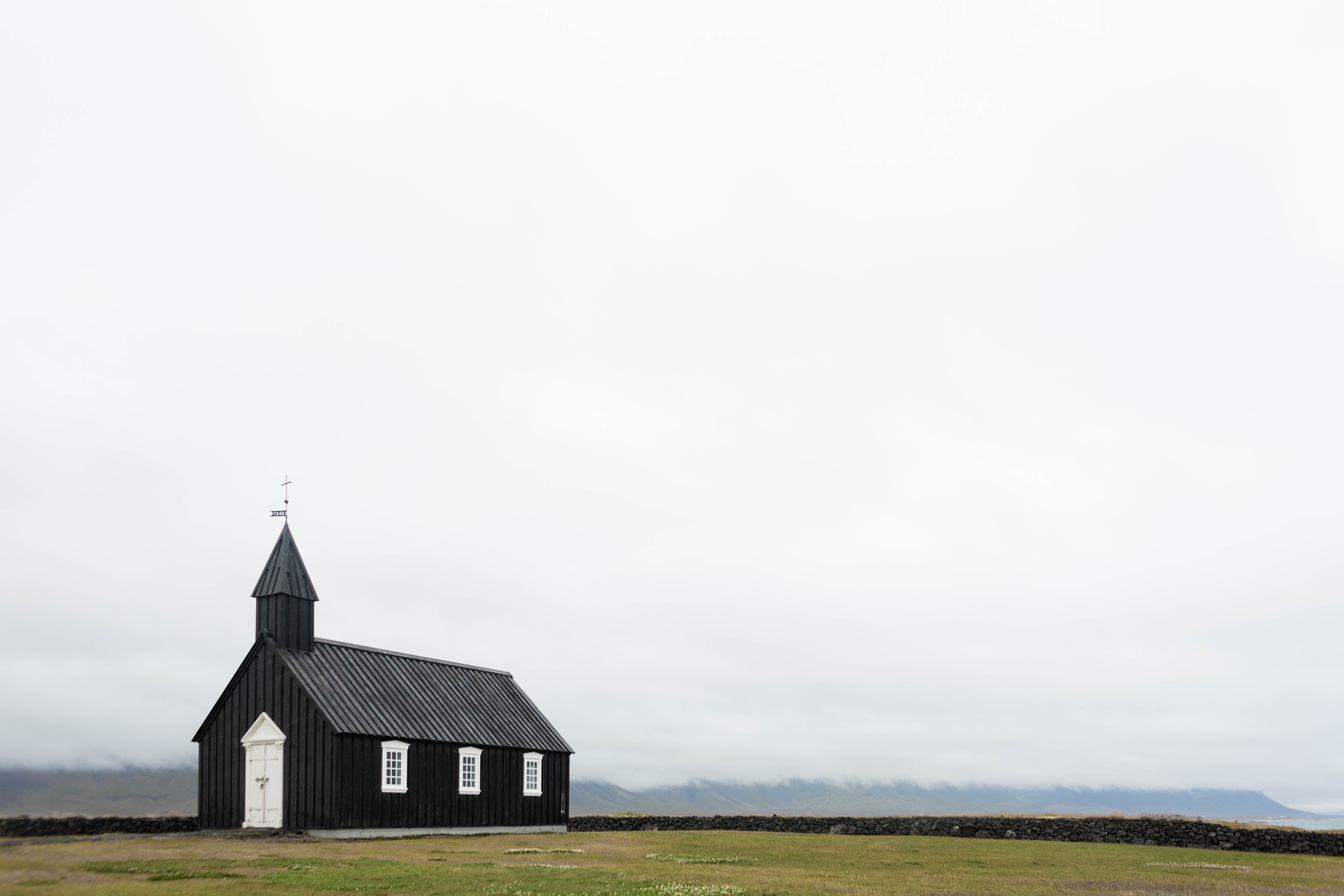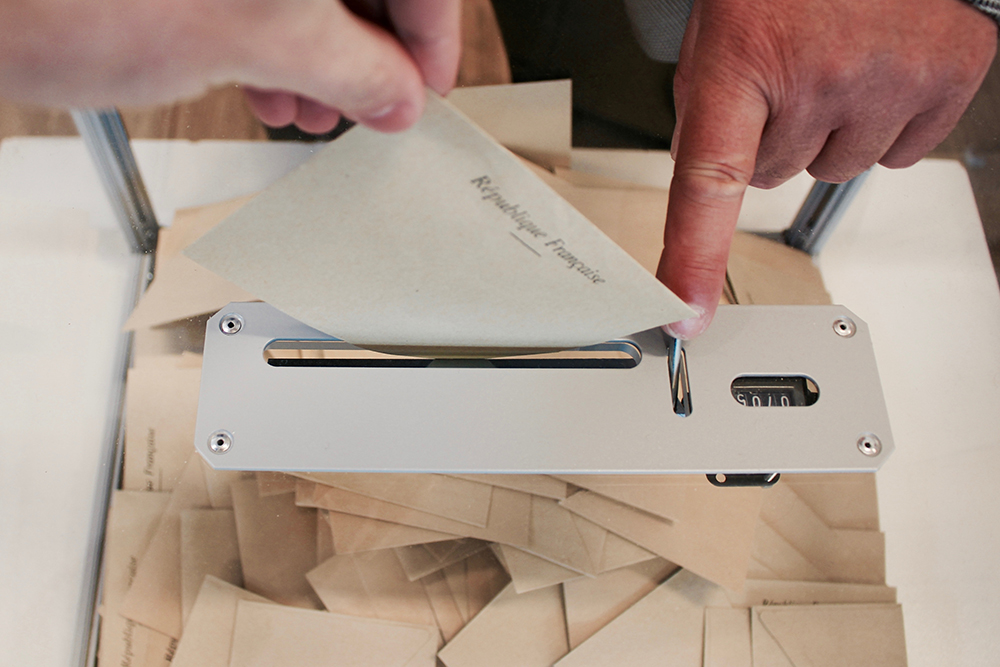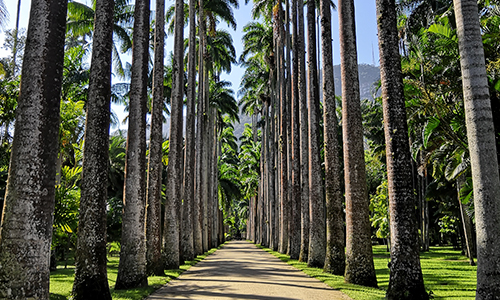
Behind the closed doors at Fonterras Palmerston North research and development centre the latest in cutting edge food and sustainability projects are being worked on.
Producing new food items to sell overseas, producing environmentally-friendly packaging or ways of reducing carbon emissions are all areas where people are working
The dairy co-operative opened the doors to its 94-year old research centre to media this week to showcase its work on innovation, sustainability and efficiency.
Fonterra spent $100 million on innovation a year, chief executive Miles Hurrell said, ensuring it was meeting the needs of its customers and coming up with new and sustainable products.
READ MORE:* No ‘silver bullet’ to solve environmental impact of dairying, Fonterra says* Fonterra lifts farm gate milk price expectations on back of growing demand* Fonterra raises farm gate milk price forecast mid point on back of strong China demand
Tea with a creamy cheese topping.
Most of its products are exported to much bigger markets than New Zealand.
We had to innovate because of the distance from our customers, Hurrell said.
One example is a new mozzarella cheese produced at its Clandeboye factory in Canterbury, which is made to stretch more but stay tender.
Fonterra’s director of category, strategy and innovation Mark Piper said they used a mix of patents and trade secrets to keep the cheese recipe secret, as well as other parts of the business.
Even Hurrell doesnt know all the details about how the cheese is made.
There is huge demand for the cheese in China and Southeast Asia. Piper said 50 per cent of pizzas sold in China used Fonterra cheese.
Fonterra innovation in the laboratory – from left; Hemang Bhatt, Donna McBride and Leena Kishor explain their research and development work with cream cheese confectionery, cream and cream cheese topping for glasses of tea and ambient cream for food service.
Another new product Fonterra worked with its customers to produce was a kumara-flavoured milk, which had just hit the shelves in Korea.
They have produced cream cheese lollipops, which are sold in Asia and available in strawberry, chocolate or apricot flavours.
Associate research technologist Leena Kishor said the item was targeted for use in childrens lunchboxes. It is popular in China because of its high dairy content of about 40 per cent.
They have also created an ambient cream for people with limited chilled storage, which senior research technologist Hemang Bhatt said was a first.
The cream doesnt need to be stored in the fridge and maintains its quality when it reaches low or high temperatures outside.
They have used the cream to develop recipes, including egg tarts and tea macchiato.
Another team works on balancing nutrition and food preferences.
They look at ways for people to take more protein and its not just for muscle-bound bodybuilders, with nutrition for older people a focus.
One milk product they produced is 15 per cent protein, while milk is about 3 per cent protein. They also produce protein bars.
On the sustainability front, Fonterra is working on ways to reduce carbon emissions on farms, including Kowbucha, using probiotics to reduce methane production in cows digestive systems, or feeding cows seaweed which reduced methane emissions.
The company had set a target for 2025 to have completely recyclable or compostable packaging, its sustainable packaging lead Emily Thomas said.
Also stored at the research centre is a collection of dairy cultures dating back years and staff have been sequencing the genome of the milk, 1.6 terabytes of data in the past 18 months, to tell them more about milk.
Research into probiotics has had benefits like a reduction on eczema in newborn babies or a reduction in cold and flu in children.
Along with Microsoft, Fonterra has produced a video headset so staff can interact with customers around the world.
Staff can wear the headset into the lab so people overseas or in other parts of the country can see what is happening through their eyes.

 Subscribe to The Daily Telegraph to get unrestricted digital access, home paper delivery, Apps for iPad and Android, member only +Rewards and much more…
Subscribe to The Daily Telegraph to get unrestricted digital access, home paper delivery, Apps for iPad and Android, member only +Rewards and much more…  Do you compost or buy second hand?
Do you compost or buy second hand?  The Newsreader review: Exhilirating Australian prestige drama
The Newsreader review: Exhilirating Australian prestige drama  Local shares fell on Friday as investors make last-minute adjustments to their portfolios ahead of the main index’s rebalancing, while unease over rising infections grows.
Local shares fell on Friday as investors make last-minute adjustments to their portfolios ahead of the main index’s rebalancing, while unease over rising infections grows. 


